1,4-Benzoquinone
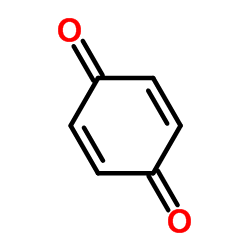
1,4-Benzoquinone structure
|
Common Name | 1,4-Benzoquinone | ||
|---|---|---|---|---|
| CAS Number | 106-51-4 | Molecular Weight | 108.095 | |
| Density | 1.3±0.1 g/cm3 | Boiling Point | 174.0±15.0 °C at 760 mmHg | |
| Molecular Formula | C6H4O2 | Melting Point | 113-115 °C(lit.) | |
| MSDS | Chinese USA | Flash Point | 59.3±17.4 °C | |
| Symbol |


GHS06, GHS09 |
Signal Word | Danger | |
| Name | 1,4-benzoquinone |
|---|---|
| Synonym | More Synonyms |
| Density | 1.3±0.1 g/cm3 |
|---|---|
| Boiling Point | 174.0±15.0 °C at 760 mmHg |
| Melting Point | 113-115 °C(lit.) |
| Molecular Formula | C6H4O2 |
| Molecular Weight | 108.095 |
| Flash Point | 59.3±17.4 °C |
| Exact Mass | 108.021126 |
| PSA | 34.14000 |
| LogP | 0.26 |
| Vapour density | 3.73 (vs air) |
| Vapour Pressure | 1.2±0.3 mmHg at 25°C |
| Index of Refraction | 1.543 |
| InChIKey | AZQWKYJCGOJGHM-UHFFFAOYSA-N |
| SMILES | O=C1C=CC(=O)C=C1 |
| Stability | Stable, but light sensitive. Incompatible with strong oxidizing agents. Flammable. |
| Water Solubility | 10 g/L (25 ºC) |
CHEMICAL IDENTIFICATION
HEALTH HAZARD DATAACUTE TOXICITY DATA
MUTATION DATA
|
| Symbol |


GHS06, GHS09 |
|---|---|
| Signal Word | Danger |
| Hazard Statements | H301 + H331-H315-H319-H335-H410 |
| Precautionary Statements | P261-P273-P301 + P310 + P330-P304 + P340 + P312-P403 + P233-P501 |
| Personal Protective Equipment | Eyeshields;Faceshields;Gloves;type P2 (EN 143) respirator cartridges |
| Hazard Codes | T:Toxic |
| Risk Phrases | R23/25;R36/37/38;R50 |
| Safety Phrases | S26-S28-S45-S61-S28A-S23-S16 |
| RIDADR | UN 2587 6.1/PG 2 |
| WGK Germany | 3 |
| RTECS | DK2625000 |
| Packaging Group | II |
| Hazard Class | 6.1 |
| HS Code | 2914700090 |
| Precursor 0 | |
|---|---|
| DownStream 10 | |
| HS Code | 2914690090 |
|---|---|
| Summary | 2914690090 other quinones。Supervision conditions:None。VAT:17.0%。Tax rebate rate:9.0%。MFN tariff:5.5%。General tariff:30.0% |
|
Altered Oligodendrocyte Maturation and Myelin Maintenance: The Role of Antiretrovirals in HIV-Associated Neurocognitive Disorders.
J. Neuropathol. Exp. Neurol. 74 , 1093-118, (2015) Despite effective viral suppression through combined antiretroviral therapy (cART), approximately half of HIV-positive individuals have HIV-associated neurocognitive disorders (HAND). Studies of antir... |
|
|
Green tea polyphenol (-)-epigallocatechin-3-gallate triggered hepatotoxicity in mice: responses of major antioxidant enzymes and the Nrf2 rescue pathway.
Toxicol. Appl. Pharmacol. 283(1) , 65-74, (2015) (-)-Epigallocatechin-3-gallate (EGCG), a constituent of green tea, has been suggested to have numerous health-promoting effects. On the other hand, high-dose EGCG is able to evoke hepatotoxicity. In t... |
|
|
Redox effects and cytotoxic profiles of MJ25 and auranofin towards malignant melanoma cells.
Oncotarget 6 , 16488-506, (2015) Malignant melanoma is the most dangerous type of skin cancer. Although recent progress in treatment has been achieved, lack of response, drug resistance and relapse remain major problems. The tumor su... |
| 2,5-Cyclohexadiene-1,4-dione |
| p-Benzoquinone,Quinone |
| para-benzoquinone |
| Thiophene,5-dibromo |
| p-quinone |
| 2,5-dibromothiophen |
| para-quinone |
| benzoquinone |
| 2,5-dibromo thiophene |
| MFCD00001591 |
| 1,4-Dihydrobenzoquinone |
| 2,5-dibromothiphene |
| Cyclohexadiene-1,4-dione |
| 1,3-dibromothiophene |
| 1,4-benzo-quinone |
| Thiophene,2,5-dibromo |
| 2,5-bromothiophene |
| EINECS 203-405-2 |
| p-benozquinone |
| p-Benzoquinone |
| p-dioxobenzene |
| 1,4-Benzoquinone |
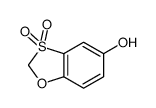 CAS#:106129-30-0
CAS#:106129-30-0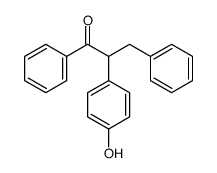 CAS#:111865-62-4
CAS#:111865-62-4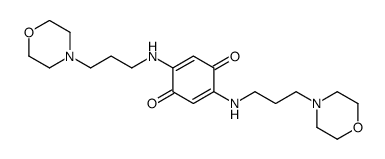 CAS#:110052-34-1
CAS#:110052-34-1 CAS#:106129-40-2
CAS#:106129-40-2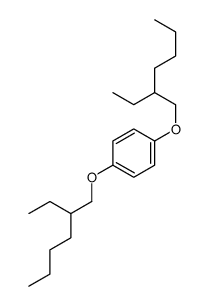 CAS#:110126-93-7
CAS#:110126-93-7 CAS#:111865-60-2
CAS#:111865-60-2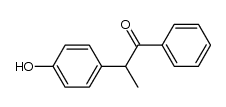 CAS#:111865-61-3
CAS#:111865-61-3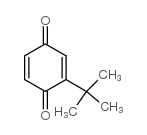 CAS#:3602-55-9
CAS#:3602-55-9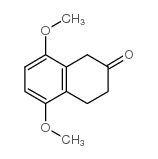 CAS#:37464-90-7
CAS#:37464-90-7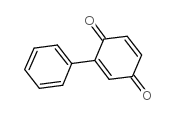 CAS#:363-03-1
CAS#:363-03-1
